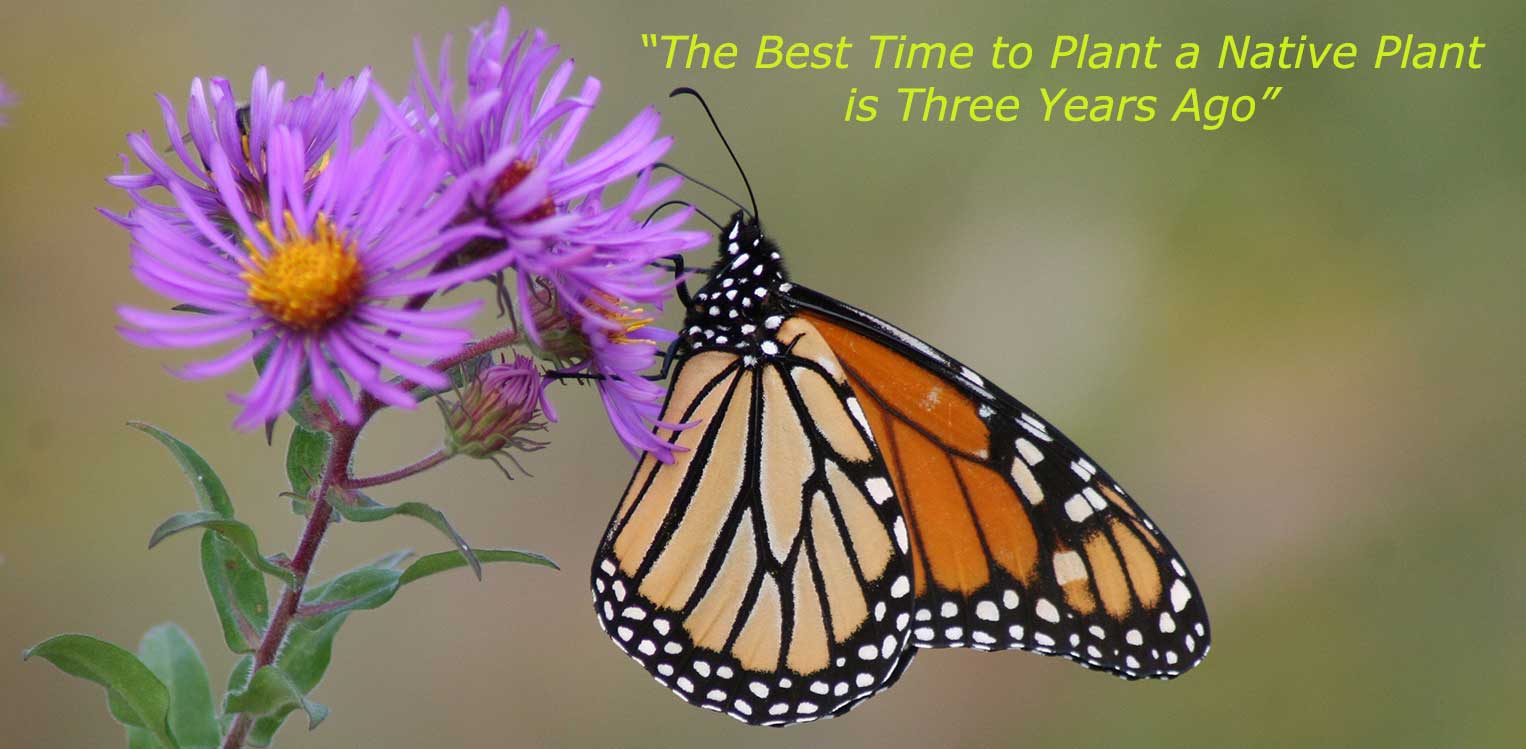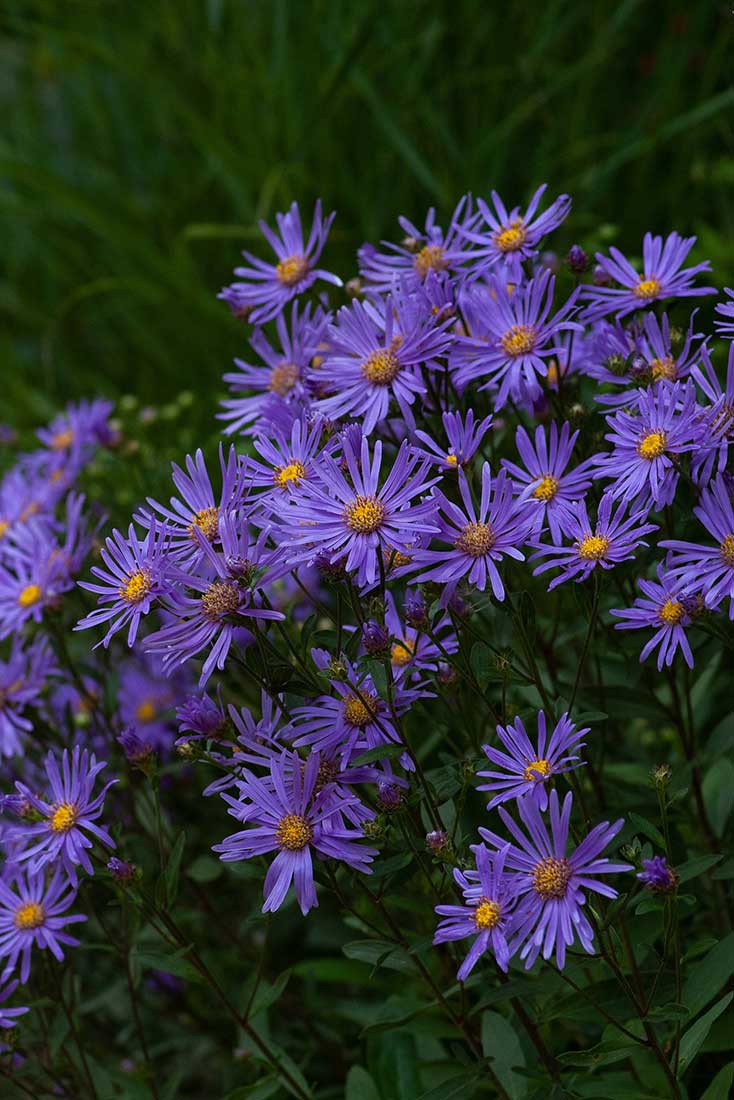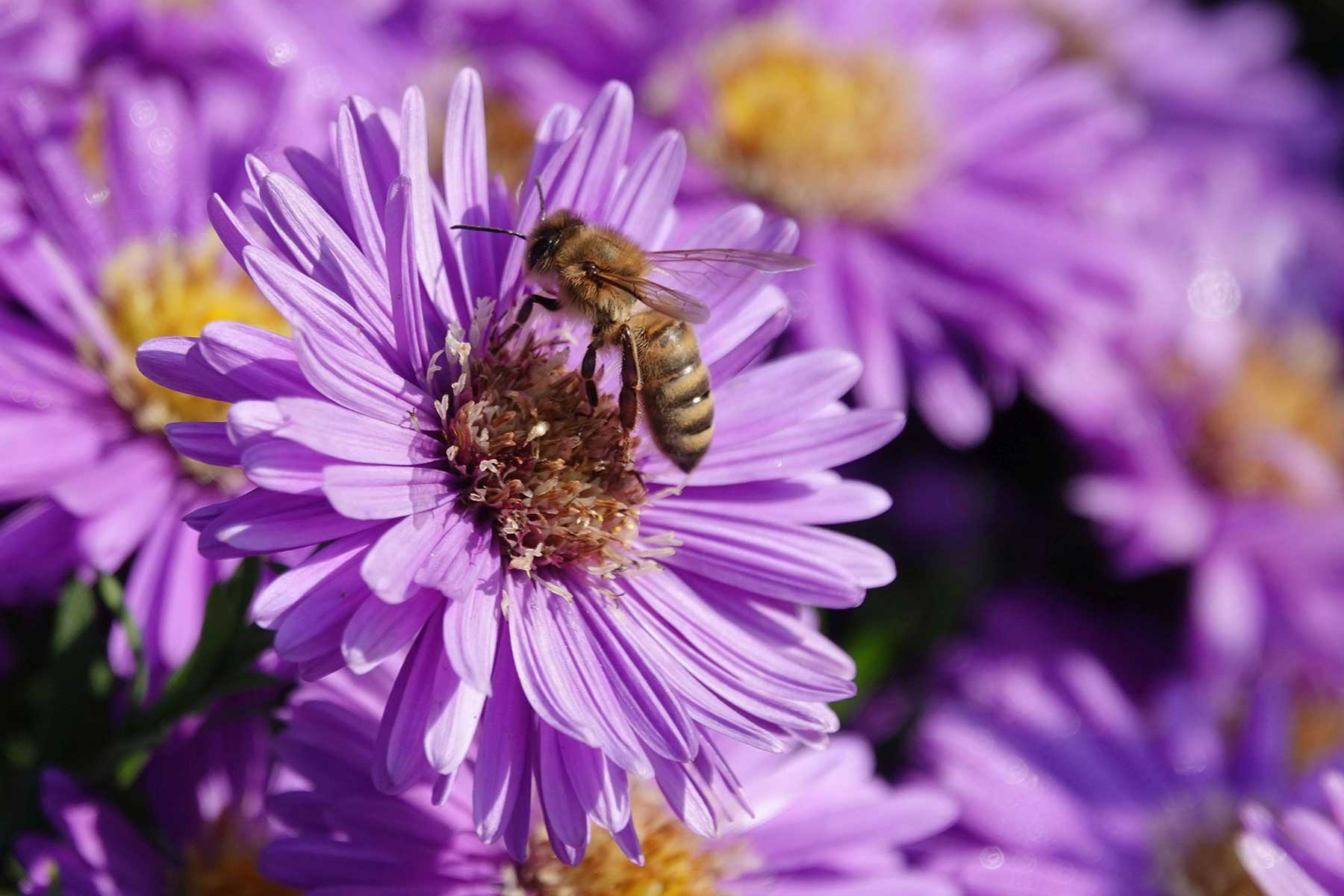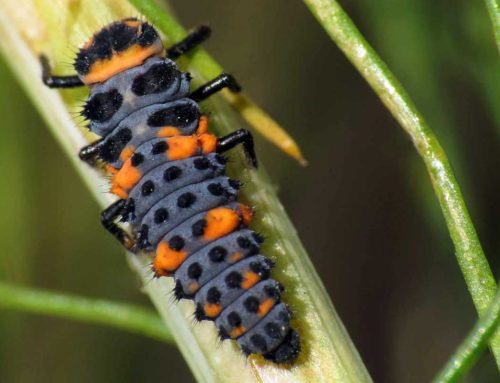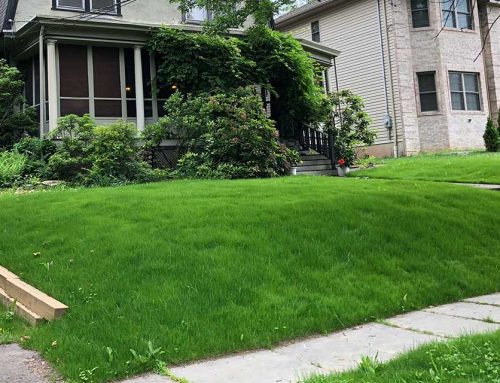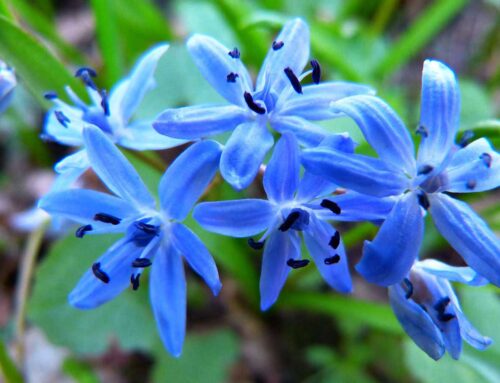Blue Woods Aster “aster cordifolius“
Sustainable Landscaping with Native Plants
Splashes of blue abound this time of the year; in garden beds, in woodland settings, and in many community parks. This erect perennial with heart shaped leaves growing from ground level up make for an excellent groundcover in Spring, and come Autumn explodes in a profuse display of small daisy like flowers in rich shades of blue with bright to yellow centers, providing much needed nectar to pollinators. They are adaptable and grow in both sun and shade.
It’s native range spreads from Canada south to the Florida and west to Oklahoma, so it can adapt to many diverse growing conditions and mediums. Look for it growing along creek beds, under the canopy of deciduous trees along a woods edge, thickets and roadsides. Aster cordifolius is hardy in zones 3 through 8.
The numerous flower panicles appear in late August, early September and bloom continues until mid-fall. The individual flower heads are composed of a ring of blueish petal-like ray flowers surrounding a central cluster of yellow disc flowers. The heads are produced in profusion but are only ½” in diameter. Plants grow 2-3’ tall with 2-3’ spread.
An excellent choice for any backyard wildlife garden or woodland shade garden. They are vital native flower for honey bees, native bees and butterflies. Even during the summer when they aren’t blooming yet, they play host to the caterpillars of crescent and checkerspot butterflies (both endangered species). When they are in bloom, they become a major source of nectar and pollen for these numerous species of bees and butterflies.
Fall provides a unique challenge for pollinators. Some butterflies, like the monarch, are migrating and rely on fall flowers, like asters, to provide the fuel they need for their long-distance trips. Bees, on the other hand, must gather a surplus of nectar and pollen to store for the winter. Our native bees are mostly solitary or only semi-colonial so they don’t need to store as much nectar and pollen as honey bees. However, the native bees also don’t have their hive mates to help in the winter preparations; each bee must do everything for herself.
At Lincoln Landscaping cultivating the environment is our life and livelihood. It is our number one goal to help our clients create and maintain beautiful landscapes while reducing the impact on the environment. Whether you are interested in a pollinator landscape garden design and build or other landscaping or property management project; we can create for you an environmentally friendly, organic and beautiful property.
Together with you, we create sustainable Eco-Systems. As the Navajo Indians would say “Yua Tah Hey”
Lincoln Landscaping “The Natural Choice”
Mike Kolenut President & CEO
https://lincolnlandscapinginc.com
(201) 848-9699
What our clients say
I can’t imagine there are many landscapers out there who love their work and love nature like Mike and Kris of Lincoln Landscaping. We had decades-old plantings that needed to be ripped out and replaced as well as a large space that had been cleared of trees a couple of years ago that needed attention. I met with four different companies to get quotes and ideas, and had an easy time choosing to work with Lincoln. Despite my reaching out during the height of busy springtime, I felt like a priority to them throughout the process.
The care that was taken in the planning of the work on our property was impressive, and at every step both Mike and Kris were as willing to listen to my ideas, concerns, and requests as they were to share their vision and expertise. They and their crew lovingly salvaged and replanted several plants from our property, which we were hoping might be possible but no other company even suggested. They also selected an incredible variety of native plants for our yard; because of this, we do not have the same handful of shrubs and flowers that many of the homes in our area have, and we know what we’ve got will be a welcoming environment for the birds and butterflies that populate our region. From start to finish, the entire crew was meticulous in their work and were a really nice bunch of guys, too. Though we have never used a landscaper’s services in the past, we’re now looking forward to continuing our relationship with Lincoln and having their support in improving and maintaining our property for years to come.

